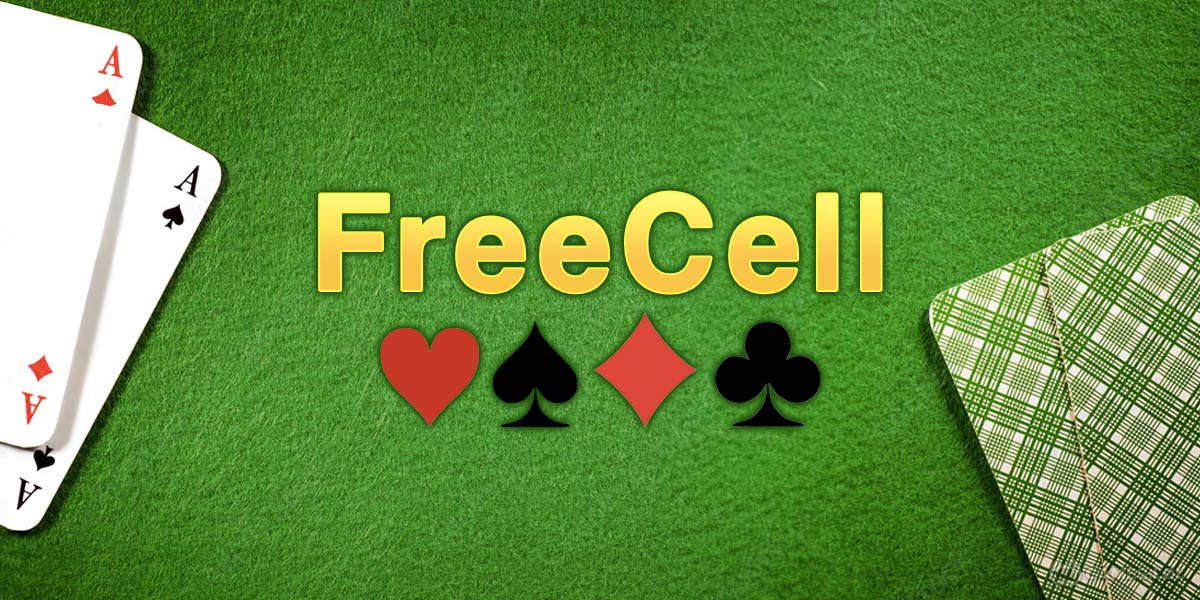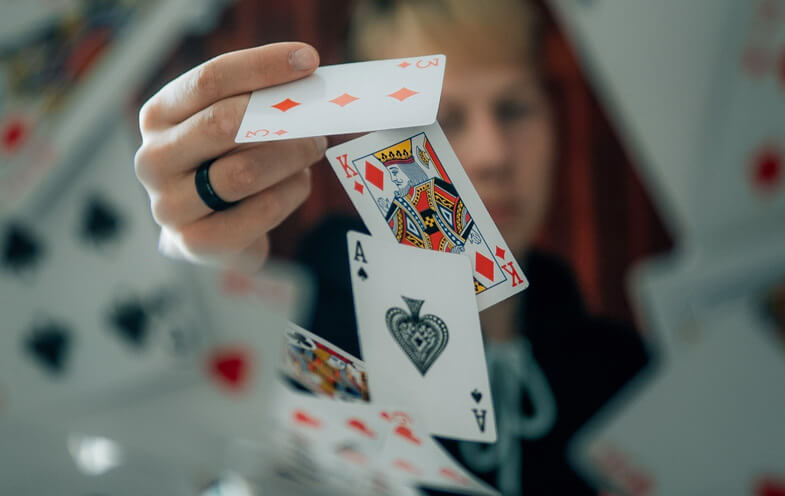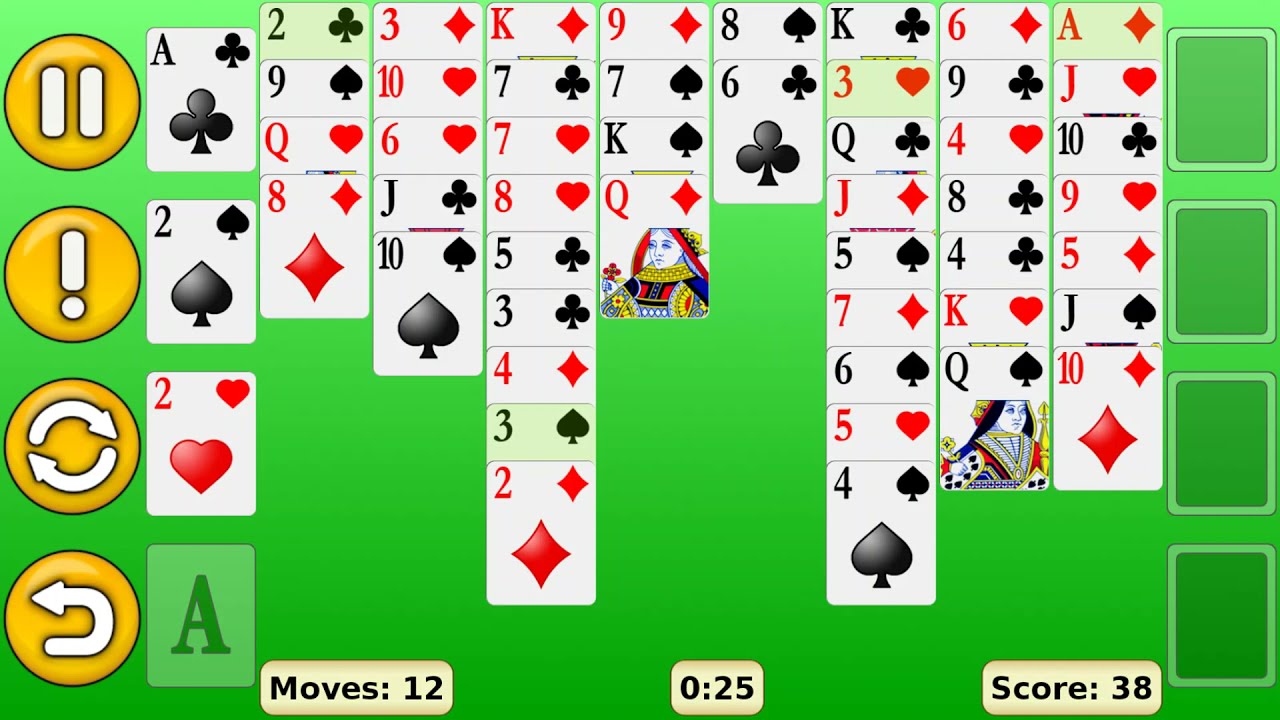
There’s something soothing about gently shuffling cards or the satisfaction of clearing a tableau with a simple click. In an age of constant stimulation, the humble card game has endured not just as relic but engrossing pastime. Among digital shufflers, few balance like strategic Freecell.
Unlike its luckier cousin Klondike, skill guides Freecell through strategy, patience and brainwork all wrapped in meditative calm that’s helped millions find focus, move by move.
What has kept Freecell circulating desktops, laptops and screens over thirty years? Relaxation meets mental sharpness at their intersection.
Tracing Freecell’s Origins

Freecell’s roots stretch earlier than expected. The earliest “Eight Off” used an open eight cell like Freecell with a standard deck. Variations emerged but a key moment came in 1978, when programmer Paul Alfille adapted Freecell as an educational computer game.
The early 1990s saw Freecell emerge from obscurity into mainstream popularity with its inclusion in Microsoft Windows 3.1 as a hidden easter egg. Later, in Windows 95, it was openly accessible to all and soon grew to be one of the most played computer games globally. Unlike the trial and error nature of Minesweeper, Freecell attracted legions of loyal fans through its elegant fusion of logic and long-term strategy.
Such was the brilliance of Microsoft’s Freecell design that dedicated players diligently catalogued which of the initial 32,000 randomly generated games were solvable, seeking the solution to each puzzle. Only one, game number 11982, proved resistant to every strategy attempted. This sparked online communities devoted to strategizing techniques and comparing complex games conquered. Freecell aficionados exchanged tales of their greatest victories and closest calls with like-minded puzzle aficionados.
At a cursory glance, Solitaire Freecell appears to be a standard 52-card game with eight cascading tableau piles for initial dealing. The objective, as with most solitaire variants, is to move all cards to the foundation piles in ascending suit order from ace to king. However, Freecell diverges from its predecessors in one key aspect – every card is dealt face up from the outset. Hidden information or serendipitous turns reveal no new strategic possibilities, laying plain the full scope of the problem awaiting solution.
Four temporary holding cells are provided in the top left corner for finessed stacking maneuvers while four foundation piles sit empty at top right, awaiting sorted suits. Requiring deft movement between tableau, cells and foundations until all cards find a secure home, Freecell challenges reasoning and long-term planning over luck or chance.
What makes Freecell such a compelling puzzle is that virtually every layout can be conquered, though it may require careful consideration and strategic maneuvering. The challenge lies not in chance but in outmaneuvering the board configuration set before you. A single misstep, such as hastily moving a King to a pile with no means of escape, can soon paint you into a corner.
Relaxation and Mental Acuity Intertwined

At first glance, one might question how a card diversion could provide both mindfulness and rigorous cognition. However, Freecell excels in this duality. There exists a soothing rhythm to each play, scanning piles, slides of a few cards, freeing columns, rearrangements- a satisfaction difficult to describe. Discerning all visible cards removes unpredictable disturbance mid-game, granting full control. This predictability partly enables its calming effect.
Yet, do not confuse composure for simplicity. Freecell offers a clever workout in disguise, necessitating foresight of several maneuvers, weighing immediate sacrifices against distant advantages, identifying patterns and capitalizing on emerging openings. In a digital manner akin to chess yet without experts or pressure.
Psychologists have long affirmed that logical puzzlers like Freecell can nurture an active brain, especially with age. It enhances recollection, problem-solving abilities, and even spatial awareness. Being self-paced, it is ideal for those seeking challenges without competitive stress.
Freecell Finds New Life Digitally
Today, solitaire Freecell has discovered revived popularity on smartphones, tablets, and websites. Countless applications provide stylish designs, daily difficulties, and customizable elements from backgrounds and card appearances to difficulty settings and move trackers.
Some platforms have taken puzzle games even further, mixing up core mechanics with innovative ideas like:
Hint tiles
(strategically placed to guide stuck players),
Undo moves
(because who doesn’t make the occasional slip up),
Interval challenges
(for thrill-seekers itching for adrenaline bursts),
Leaderboards
(feeding the competitive spirits quietly tracking high scores).
But even with extras layered on, the fundamental gameplay stays unchanged. That’s the beauty of Freecell: it doesn’t need flashy graphics or constant surprises to stay engrossing. The draw is in solving the puzzles themselves. Whether passing five minutes in a waiting room or winding down before bed, it sits patiently, ready with a little tranquil focus.
Freecell and the Working Brain

There’s a good reason professionals keep a Freecell window tucked behind spreadsheets or browser tabs. It’s the perfect “mental reset.”
We’ve all hit brain walls after draining meetings, or when emails refuse to write. Freecell offers a momentary escape, letting mental gears unwind without pulling too far from work mode. Unlike mindlessly scrolling social feeds, or YouTube’s attention-grabbing rabbit holes, it doesn’t hijack your thoughts.
And let’s be real, sometimes the simplest way to solve real problems is taking a breather to conquer small, low-stakes puzzles. Freecell provides just that: a manageable challenge with clear rules and gratifying conclusions.
Strategies for Mastering Freecell
For newcomers or veterans seeking improvement, a few tried techniques:
- Empty cells are invaluable. Use sparingly unless there’s no alternative it severely limits movement having all filled.
- Clear columns whenever possible. An empty column acts as a “super cell” temporarily holding entire stacks, vastly increasing options.
- Consider many maneuvers ahead. Prior to moving a card, reflect on how it will influence subsequent steps. Sometimes the obvious shift isn’t the best selection.
- Don’t be reluctant to backpedal. Most digital versions of Freecell have an undo key. Regularly, revisiting your actions can reveal a preferable avenue forward.
- Focus efforts from the bottom up. Try freeing entrapped Aces and Twos early on, to commence building your foundation stacks without delay.
The Hidden Philosophy of Freecell

At its core, solitary Freecell means more than just a game; it’s a tranquil reflection of life’s broader tests. You’re dealt a hand, with all its constraints and potentialities unveiled. Success relies not on fortune, but on how you opt to work with what you’ve received.
There’s a lesson in that.
Sometimes you must park something temporarily (into a “free cell”) to create space for a superior move. Sometimes it’s worth taking a minor step back to clear a path ahead. And occasionally, you understand halfway through that you could’ve done it better and that’s acceptable, because you can always hit “undo,” reevaluate, and try again.
That gentle blend of logic, patience, and adaptability is what renders Freecell so enduring. It’s not flashy. It’s not habit-forming in the way some mobile games are. But it’s gratifying. Deeply so. And in a world that often feels like it’s running at complete speed, that’s a rare and valuable thing.
Final Arrangement
So, whether you’re a seasoned card shark or just someone looking for a tranquil escape during your lunch break, Freecell offers a surprisingly rich and rewarding experience. It invites you to slow down, think carefully, and enjoy the process one card at a time.
In the ever-growing sea of apps and entertainment vying for our attention each day, a simple game of solitaire Freecell can provide a welcome escape. Among the endless options competing to engage our minds, it remains a classic that lives up to its name – offering a chance to both challenge and unwind our thoughts. While sleeker distractions constantly beckon, its calming combinations serve as a timeless reminder of the value in occasionally stepping back to peaceful perspective.









